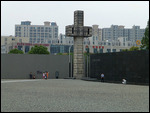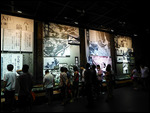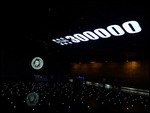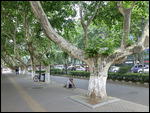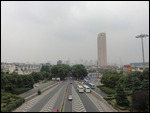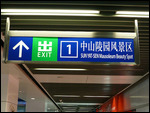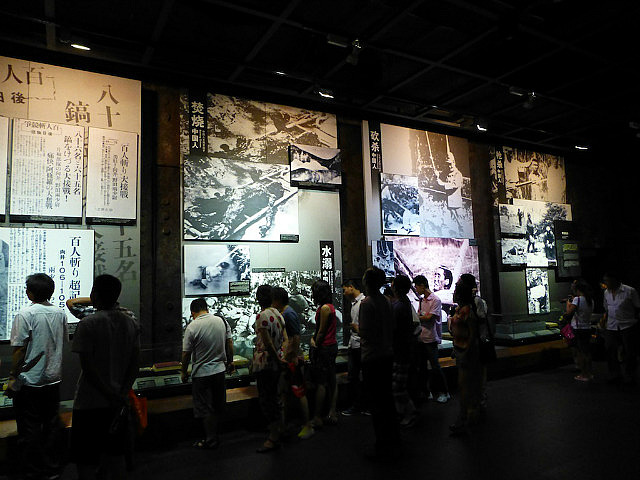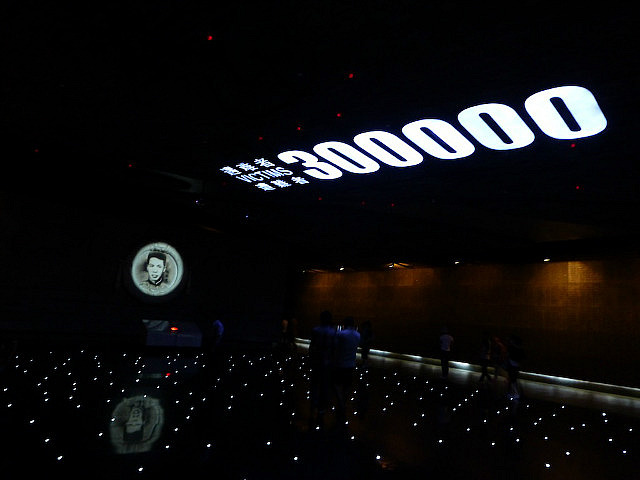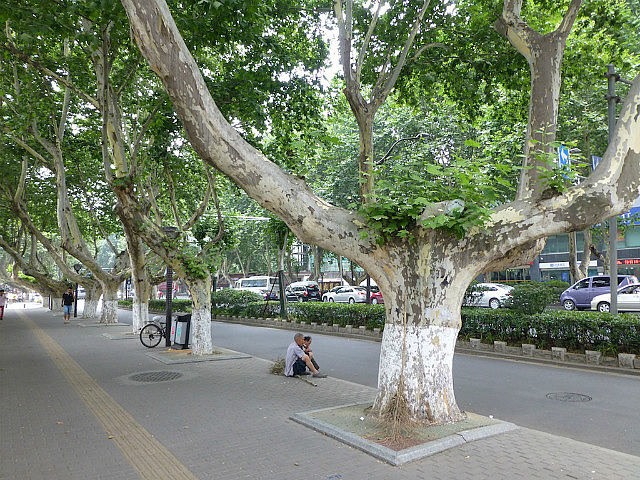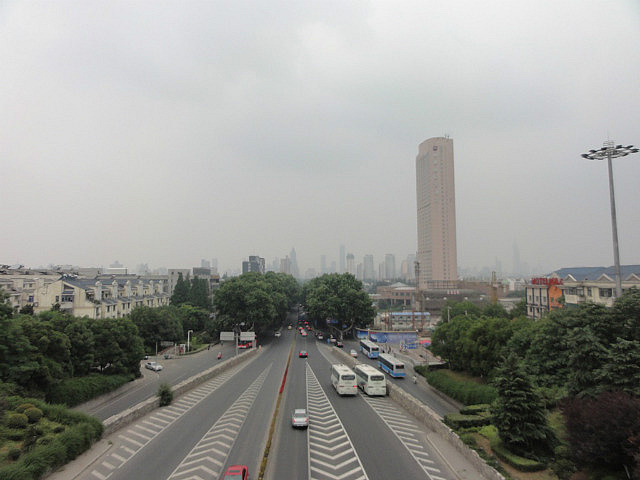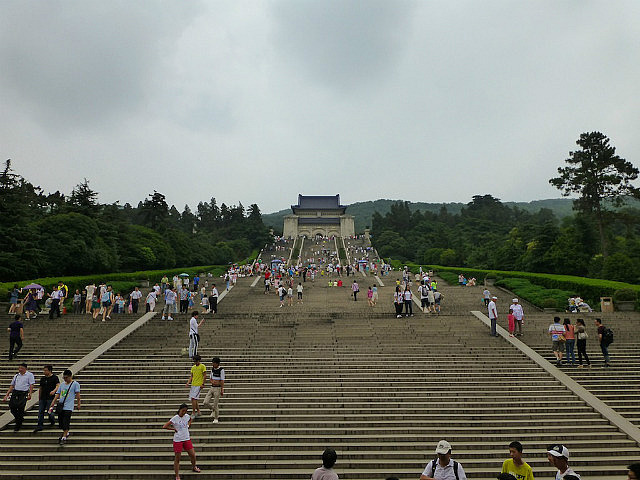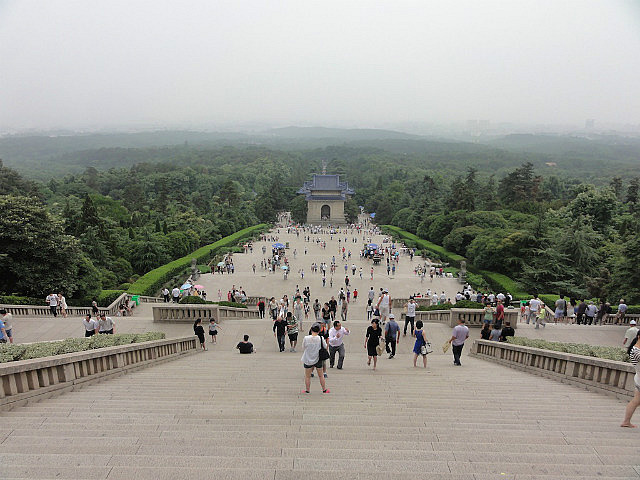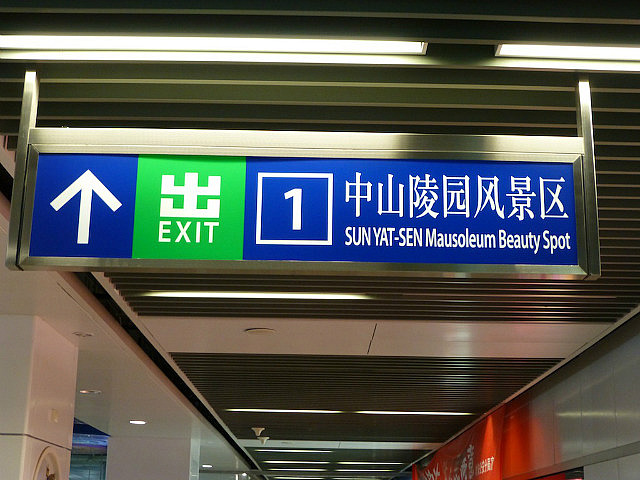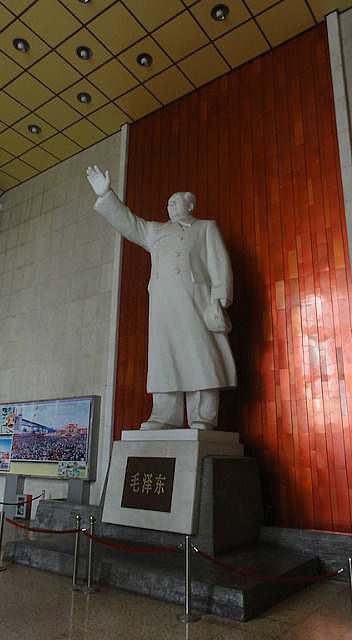Ever since our Hiroshima visit a couple of weeks ago, the prospect of visiting Nanjing's Massacre Memorial was looming over our heads. The Hiroshima Museum made a reference to how the local population of Hiroshima rejoiced when Japan captured Nanjing in December 1937, unaware of the atrocities that the Japanese Army inflicted on the residents of Nanjing.
The Nanjing Massacre Memorial is a different experience altogether. First of all, the event itself is hard to contain in one's mind. The Memorial screams out the 300,000 number in several places. But this ceases to matter when one is exposed to the pain and humiliation suffered by a city willfully inflicted by a gloating foreign presence who were given carte blanche to do whatever they wanted to the subjugated population by their superiors. The intent was to go beyond capture, to subjugate and humiliate and also indulge in the pleasures of power without limits.
Next, the tone of the museum is quite different. While the Hiroshima Memorial's theme was educating visitors with a view to prevention, the Nanjing Memorial's theme was to prove to its visitors that a glaring wrong had been done and by whom. The photographs are disturbingly graphic. The texts are coarse and hard hitting. There is no mention of the A-Bombs at the Nanjing Memorial. The surrender of the Japanese in 1945 is attributed to the resistance of the Chinese and is labeled a Chinese victory.
Nanjing is a neat and tidy city with wide boulevards, several of them lined with rows of tall plane trees with symmetrical branches. A relatively small metro system adequately meets the city's needs and are useful for tourists as well. The Zilin Mountain Scenic Area houses several sites of historical interest as well as recreational activities. We visited the only Ming Tomb that is outside of Beijing. It reminded us of the Shisanling (13 Tombs) near the Great Wall site at Badaling, close to Beijing. The sacred path consisting of pairs of animals, actual and mythical recalls the similar theme from the other site as well. The Sun Yat-Sen Mausoleum is another sprawling set of classic buildings that is located in the park.
The Chinese version of the bullet train that took us from Shanghai to Nanjing in 1:30 hours (covering the 300+km distance) was yet another such experience in the short few weeks we've spent in East Asia. These were the newest and the experience was subtly different. One did feel the high pitch whine of speed and the sense of going a bit too fast. One did not feel the speed in Japan unless one looked out the window. The Chinese versions had paper bags to deal with queasy stomachs.
Having written at length about cultural differences between Japan, Korea and China, it is time to talk about some similarities. We noticed several young couples dressed in matching T-shirts and sometimes a young one too. This seems to be a transnational cultural trend. Not so cute is the trend of men baring their navels by raising the bottom hems (yes, I use that word intentionally) of their T-shirts over their chests. We saw several such displays every day. If you haven't seen this phenomenon where you live, count yourself lucky. It has reached epidemic proportions in these parts. Not sure if a cure has been found yet.
